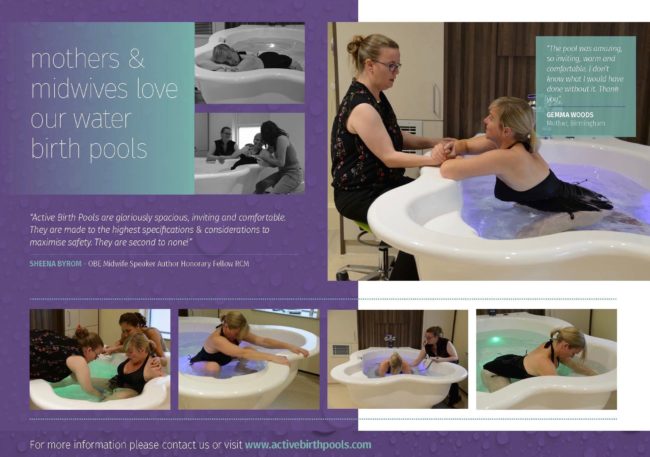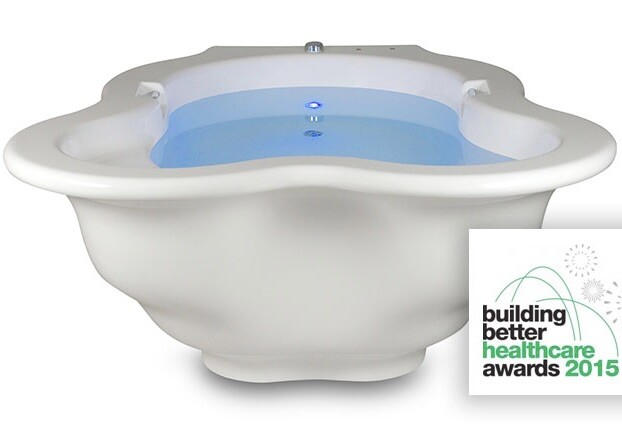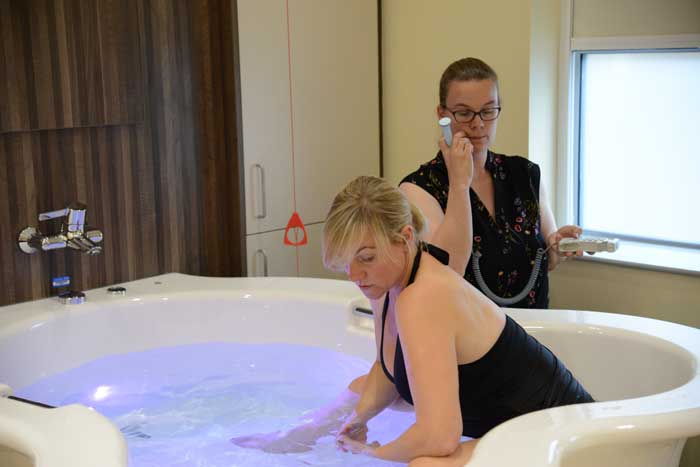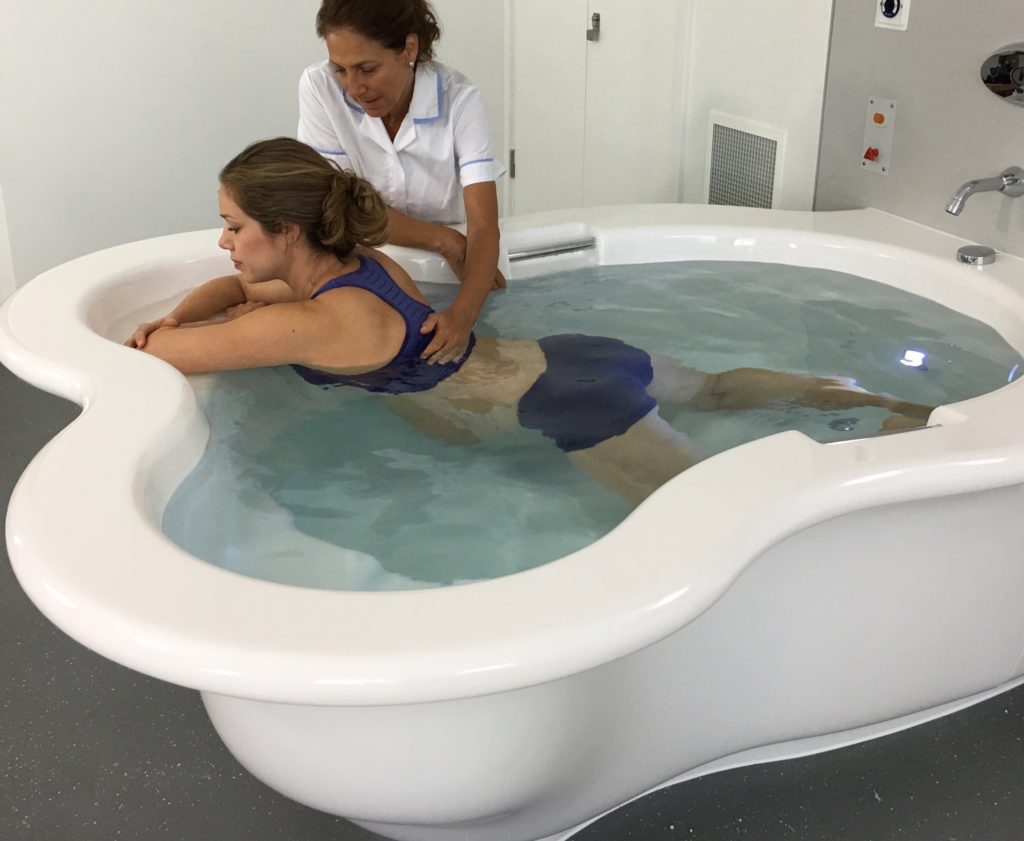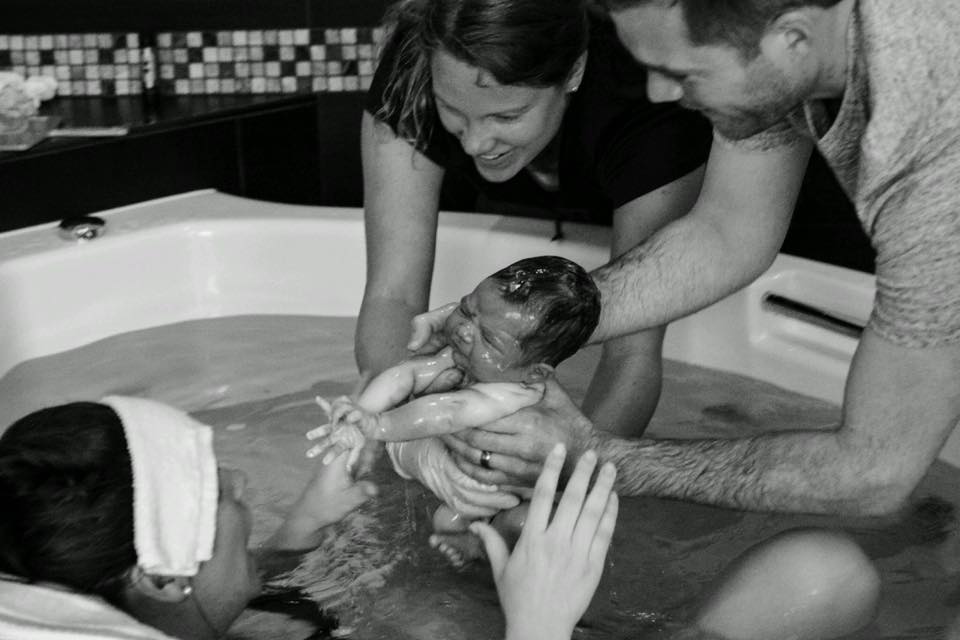Aims: To gather, quality assess, synthesize and interpret the views, feeling, and experiences of women who used water immersion during labour and/or birth.
Design: A systematic meta-thematic synthesis and GRADE-CERQual.
Data sources: We searched MEDLINE, CINHAL, PsychINFO, AMED, EMBASE (MIDIRS only), LILACS, AJOL. Additional searches were carried out using Ethos (thesis database), cross-referencing against Google Scholar and citation chasing. Searches were carried out in August 2019, updated February 2020.
Methods: Studies that met the selection criteria were appraised for quality. Data were extracted from the studies using meta-thematic analytical techniques; coding, descriptive findings, and analytical findings. The descriptive findings were subjected to confidence assessments using GRADE-CERQual.
Results: Seven studies met the inclusion criteria. Nine key statements of findings were generated – one had high confidence, three moderate, three low and one very low confidence in the findings. The analytical findings generated three main themes: Liberation and Self-Emancipation, Synergy, transcendence and demarcation and Transformative birth and beyond. Overall, women experienced warm water immersion during labour and/or birth positively. Both the water and pool itself, facilitated women’s physical and psychological needs during labour and/or birth, including offering effective analgesia. Our findings indicated that birthing pools are versatile tools that provide for a space that women can adapt and influence to best suit their individual needs.
Conclusion: Women who used warm water immersion for labour and/or birth describe liberating and transformative experiences of welcoming their babies into the world. They were empowered, liberated, and satisfied. We recommend maternity professionals and services offer water immersion as a standard method of pain relief during labour/birth.
Impact: Understanding women’s experiences of labour and birth will inform future clinical practice. Midwives are optimally positioned to enhance women’s access to water immersion. These findings have implications for education, guideline, and policy development as well as clinical practice.
Click here for a PDF of the study
